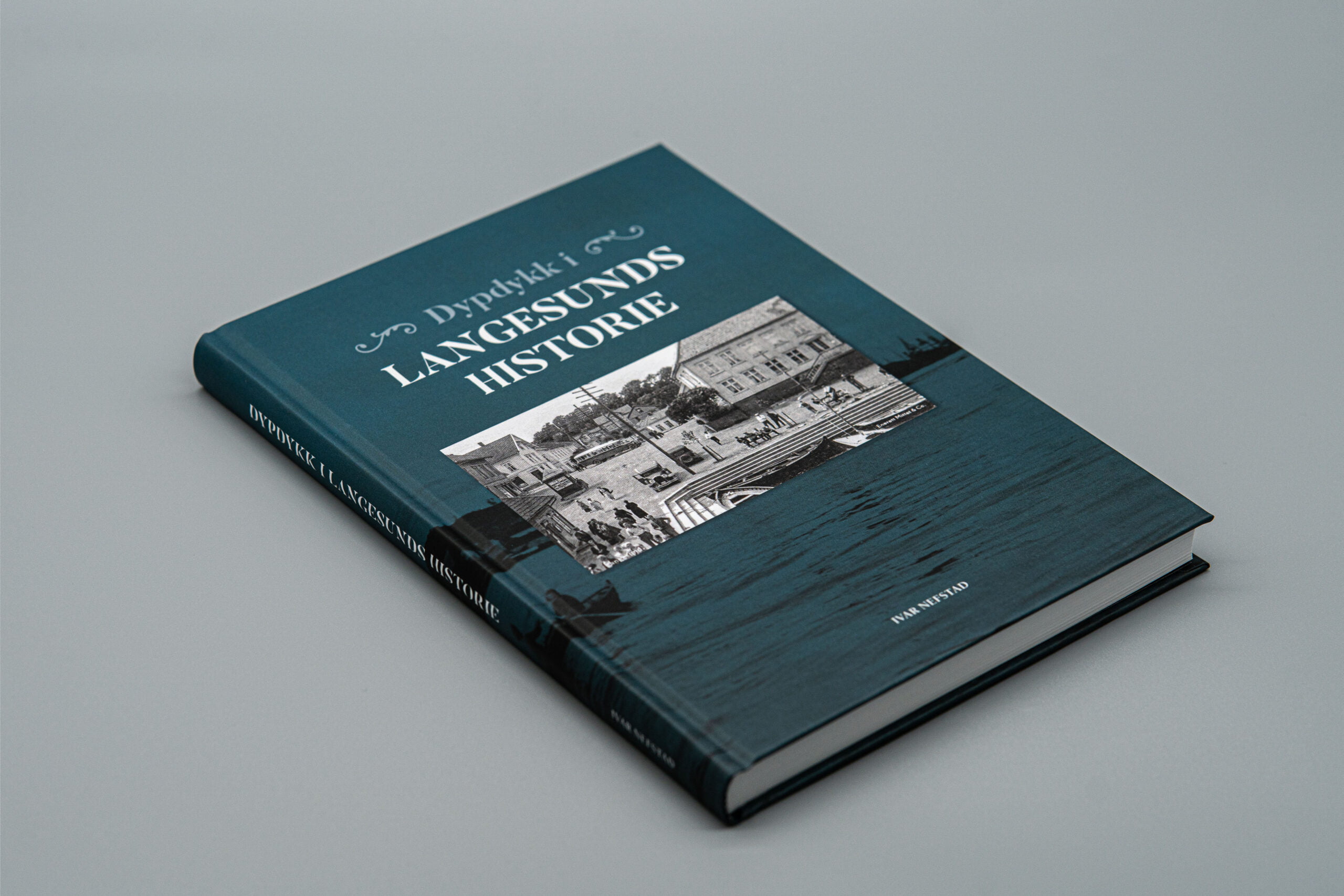
8 tips for producing a book yourself
Many historical societies, organizations, individuals and companies publish their own books for the benefit of members, local communities and other interested parties. But creating a book is a bigger job than many people think. Here are eight practical and time-saving tips for those who plan to create a book on their own.
Many historical societies, organizations, individuals and companies publish their own books for the benefit of members, local communities and other interested parties. But creating a book is a bigger job than many people think. Here are eight practical and time-saving tips for those who plan to create a book on their own.
1. Get professional book design at a reasonable price
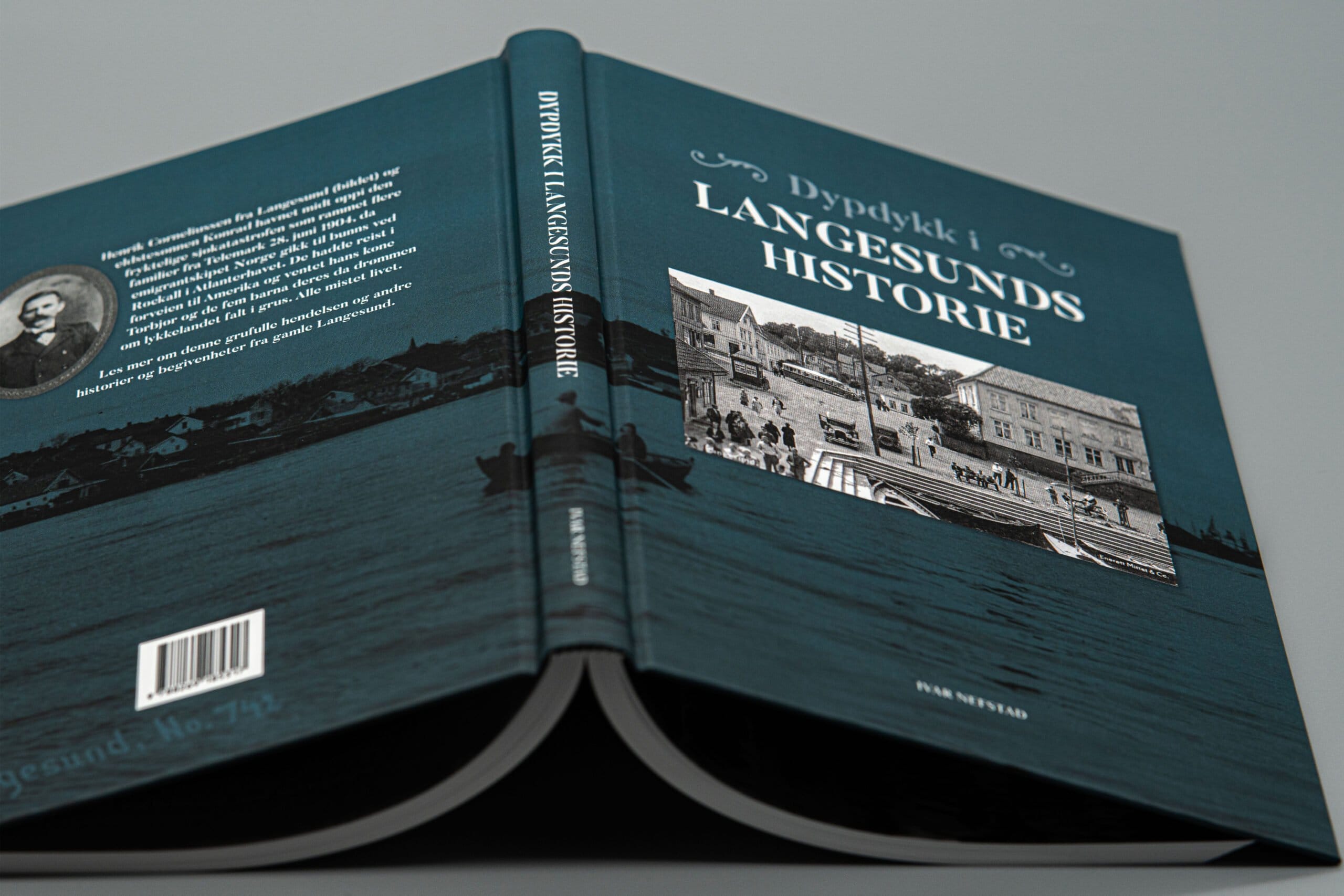
1. Get professional book design at a reasonable price
A good design emphasizes the content of the book, makes it more readable and increases its sales value. If you have the right skills and tools, you can create the design yourself and deliver a print-ready PDF to the printer. If not, it pays to invest in a skilled book designer.
If you deliver materials correctly, the designer can work efficiently and you save money. Scripts should be delivered as a single Word file, with clearly marked titles and subtitles. Avoid unnecessary line breaks and special characters, and proofread thoroughly before submitting.
Images should be delivered digitally, adjusted and with sensible file names. Feel free to make a simple sketch showing where the images should be placed and how they should be cropped. If you’re not sure what style you want, you can show examples and ask for some sample pages.
2. Avoid typing errors
Nothing is more annoying than obvious typos in a newly printed book. While it’s hard to avoid them all, there are good ways to help:
- Have someone other than the author proofread the script before it goes to design
- Proofread again when you get the first draft from the designer, and check word divisions
3. Choose the right book format
The format should be adapted to the content, the type of book and the budget. Picture books often work best in larger formats, while text-heavy books are easier to read in smaller formats.
Common and affordable formats:
- A5 (14.8 x 21 cm)
- 17 x 24 cm
- 21 x 20 cm
- 24 x 23 cm
- A4 (21 x 29.7 cm)
4. Choose the right print run

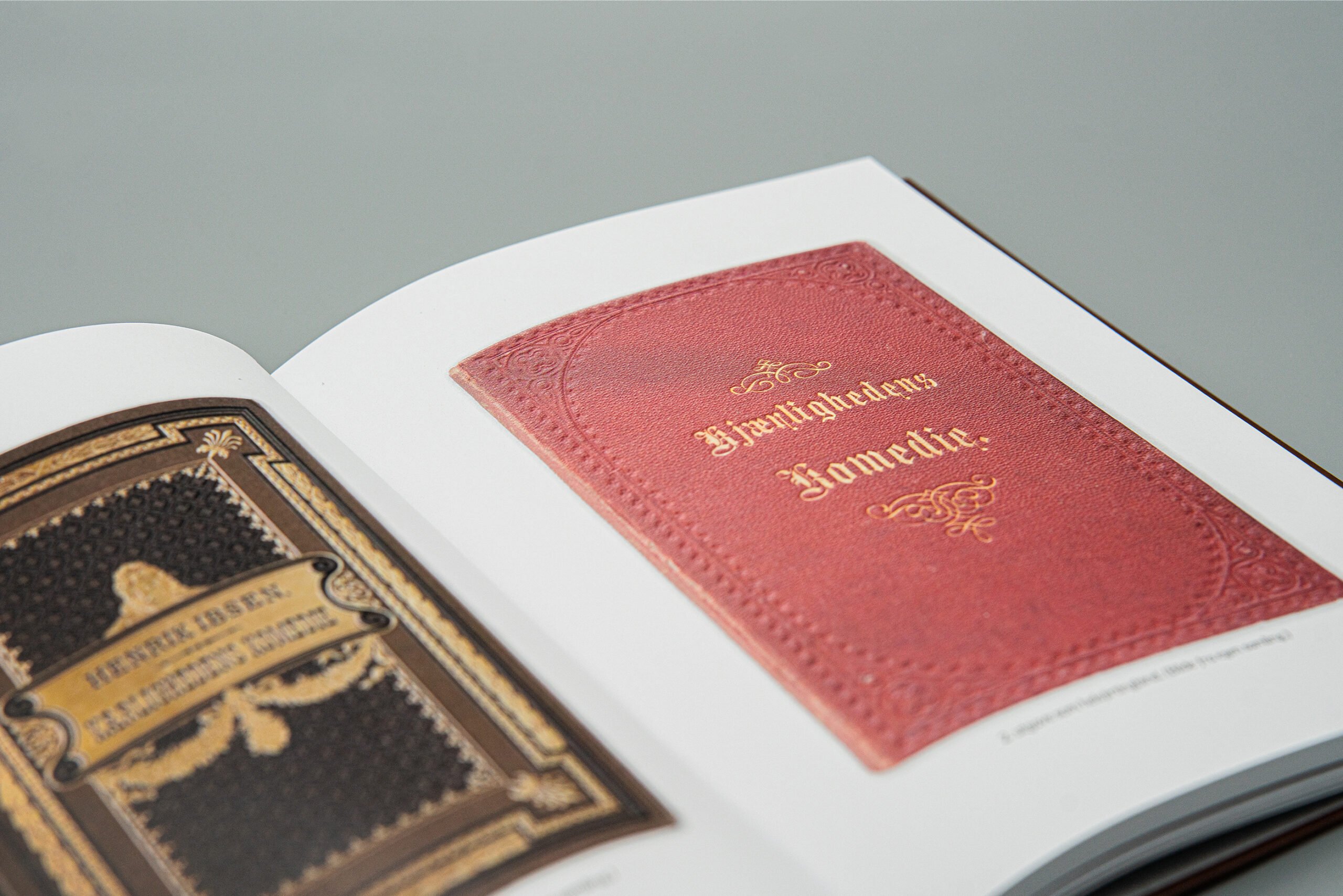
4. Choose the right print run
How many copies you should print can be difficult to assess. Small print runs have become more affordable thanks to new printing technology, but the higher the print run, the lower the unit price.
Consider pre-selling, or making deals with advertisers or support partners who can buy a larger quantity at a reduced price.
5. Choose the right printing method
Two printing methods dominate:
- Offset printing is best for print runs over 750
- Digital printing is most profitable for print runs under 250
For print runs between 250 and 750, the choice depends on the format, the number of color pages and the printer’s equipment. Talk to someone who offers both methods to find the most cost-effective solution.
6. Choose the right paper
The choice of paper affects both appearance and readability.
The most common types of paper:
- Matte uncoated paper, like regular copy paper
- Matt coated paper, suitable for both text and images
- Satin coated paper, gives a little more shine
The duller the paper, the better the legibility. The smoother the paper, the more play of color and brilliance in the images. Specialty paper costs more, but can be used for selected parts or covers.
8. Choose the right distribution
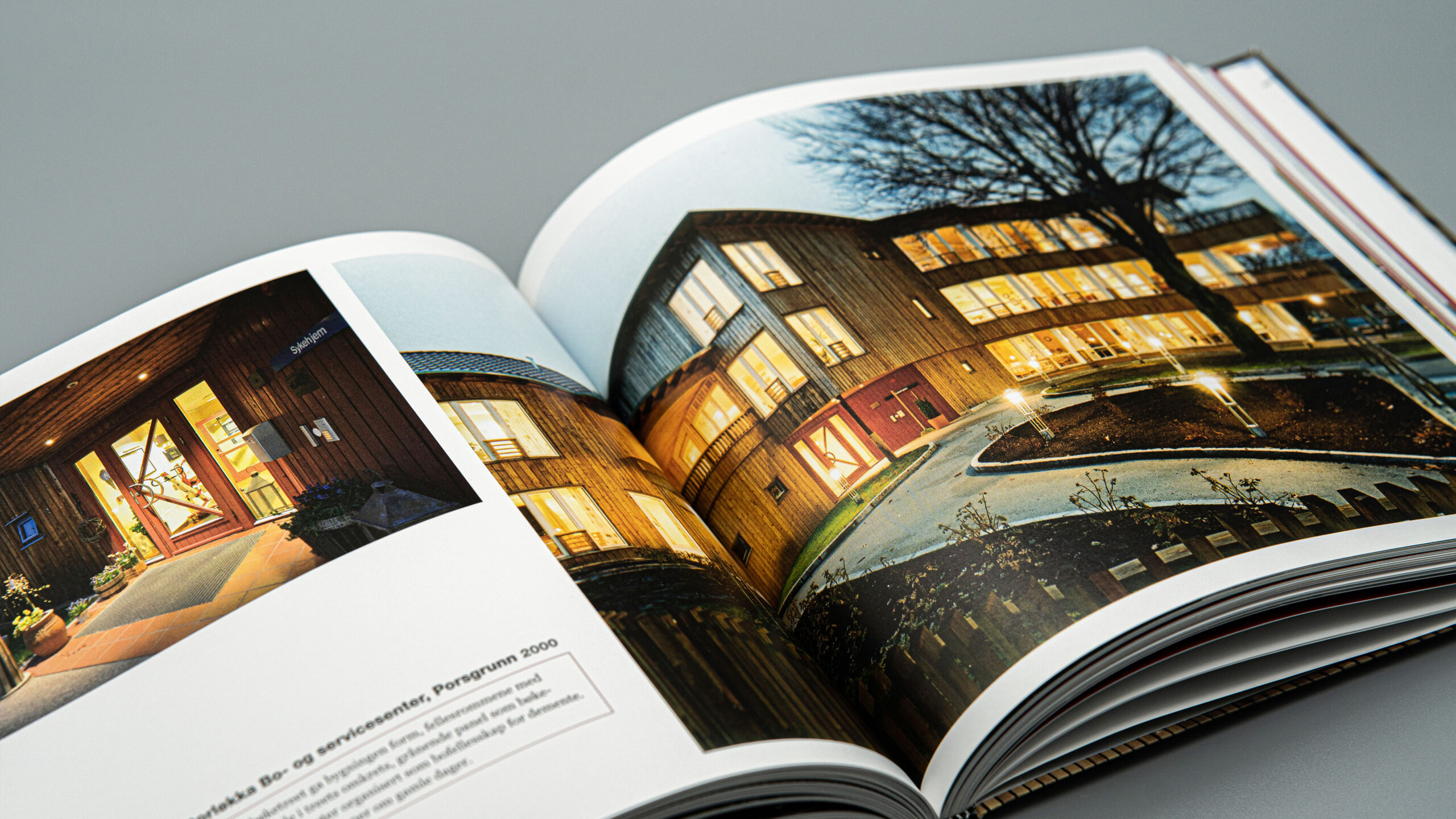
7. Choose the right binding
Binding affects both quality and price. Here are the most common options:
- Hardcover, sturdy and higher selling price
- Softcover/pocket, more affordable and lighter, but less solid
- Spiral binding, robust and easy to browse, but expensive for large print runs
- Spine pin, budget-friendly and suitable for smaller booklets
Talk to professionals to find the right solution for your project.
8. Choose the right distribution
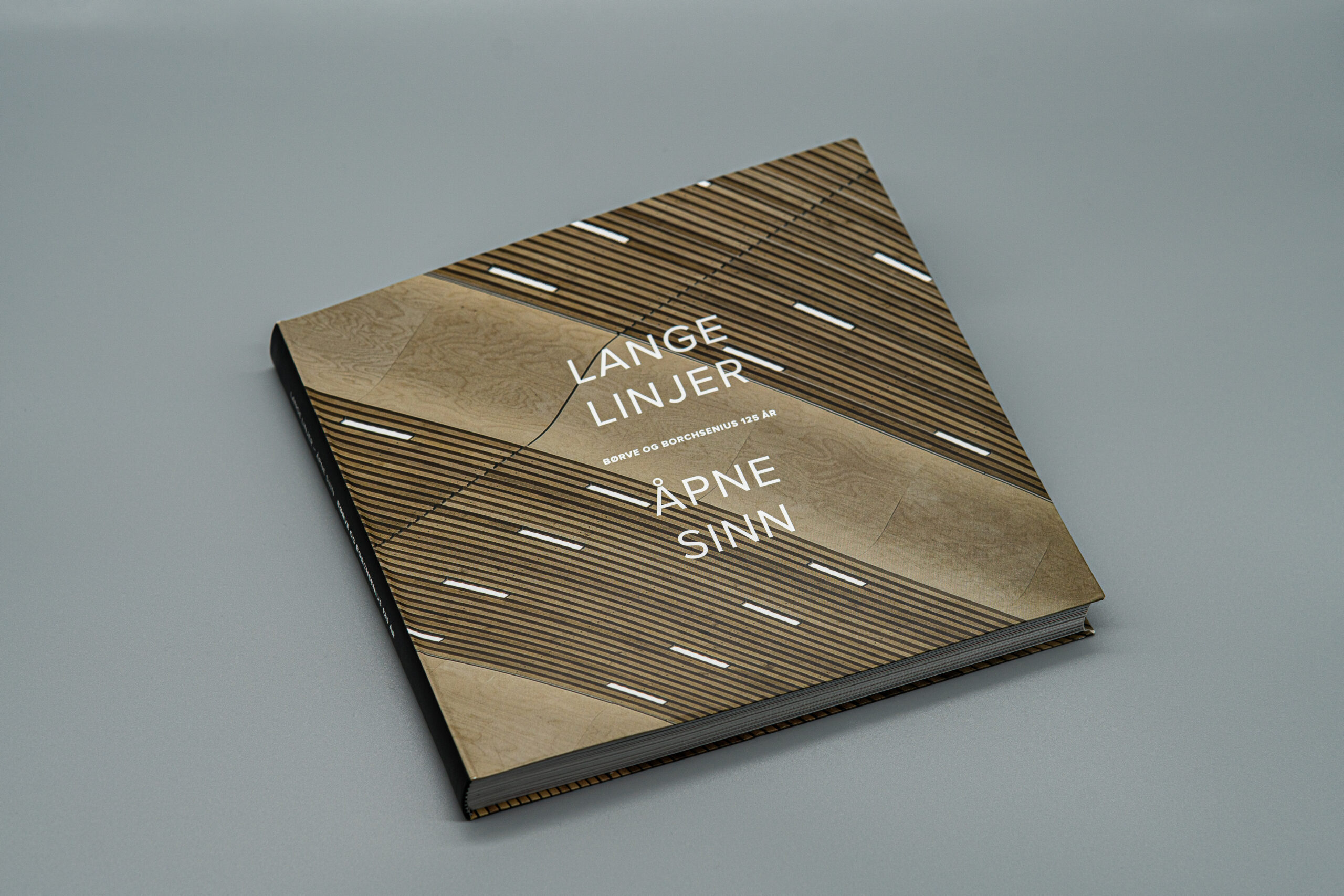
8. Choose the right distribution
Think about distribution already in the planning phase. Will the book be sold in bookshops, via an online store or sent out to members? Discuss this with the book manufacturer to find a solution that suits your target group and budget.